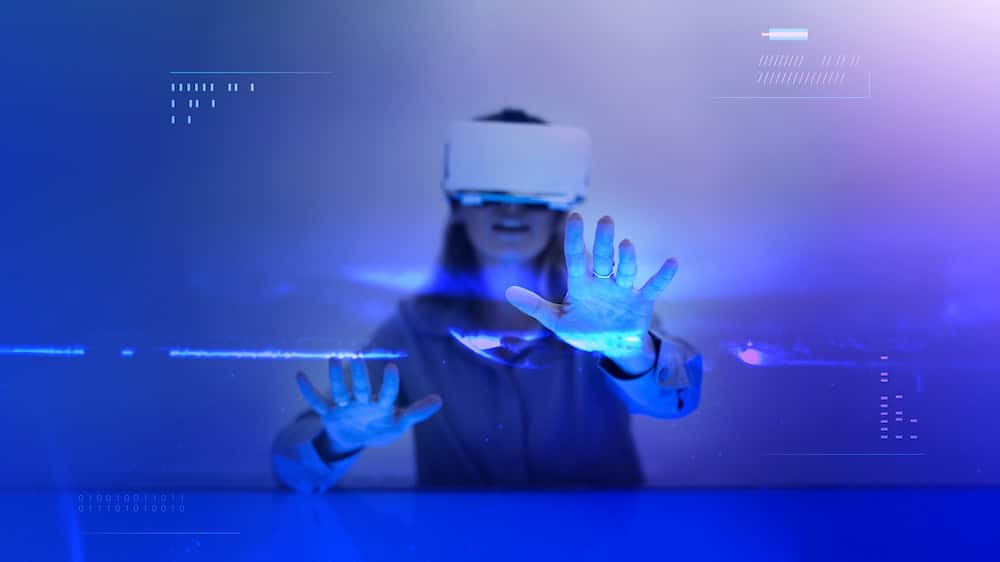How Can Digital Twins Aid in Safety Testing for Autonomous Vehicle Prototypes?

The concept of digital twins is not a new phenomenon. A digital twin is a virtual model that replicates a physical entity in real-time, offering insights into performance, operational issues, and potential improvements. In recent years, this technology has shown immense potential in a plethora of sectors, including manufacturing, healthcare, and aviation. However, the deployment of digital twins in the realm of autonomous vehicles is truly ground-breaking. This article delves into how digital twins can aid in safety testing for autonomous vehicle prototypes.
The Anatomy of Digital Twins
Every digital twin comprises three fundamental components: a physical component that exists in the real world, a digital component that replicates the physical aspect in a virtual environment, and the data connecting these two components. The real-time data flow between the physical and digital entities allows for the continuous update and synchronization of the virtual model as the physical system undergoes changes.
En parallèle : Can VR-Based Training Improve Surgical Skill Acquisition in Medical Education?
A digital twin of an autonomous vehicle, for example, will mirror the physical design of the vehicle, including its electrical systems, mechanical components, and even its software-based control systems. This allows scholars and engineers to interact with the digital twin as though it were a real vehicle, conducting tests, simulations, and optimizations in a virtual setting before implementing changes in the physical prototype.
The Role of Digital Twins in Autonomous Vehicle Development
With the push for autonomous vehicles gaining momentum, ensuring the safety and efficiency of these vehicles is of paramount importance. Here, digital twins come into play, offering a safe and cost-effective testing ground for these prototypes.
A lire également : What’s the Role of Adaptive Optics in Next-Generation Telescopic Research?
Through the use of digital twins, engineers and designers can simulate real-world scenarios for autonomous vehicles without the associated risks and costs of physical testing. For instance, the virtual model can be exposed to extreme weather conditions, harsh driving environments, and even potential system failures. The real-time data gathered during these simulations can then be used to fine-tune the vehicle’s autonomous technology, ensuring better safety and performance in the actual physical model.
Moreover, through continuous feedback and updates, the digital twin can evolve with the physical prototype, reflecting any changes made in the vehicle’s design or system. This creates a comprehensive testing and development framework that is dynamic and adaptable in real-time.
The Crossref between Digital Twins and Autonomous Vehicle Technology
The crossref, or the intersection, between digital twins and autonomous vehicle technology lies in the data. Autonomous vehicles are, at their core, data-driven machines. They rely on sensors, cameras, and radars to gather information about their surroundings, which is then processed by complex algorithms to make navigational decisions.
Digital twins enhance this data-driven approach by providing a platform for extensive data collection and analysis. By simulating real-world scenarios, digital twins can gather valuable data on how the autonomous vehicle’s systems respond to various situations. This data forms the backbone of the vehicle’s learning algorithms, helping to improve its decision-making capabilities over time.
Additionally, digital twins can be used to predict potential issues in the vehicle’s system before they occur in the real world. By monitoring the data flow from the digital twin, engineers can identify anomalies and rectify them in the virtual model, preventing potential failures in the physical prototype.
The Future of Digital Twins and Autonomous Vehicles
Looking ahead, digital twins will play an increasingly significant role in the development of autonomous vehicles. As these vehicles become more advanced, the need for robust safety testing will only grow. Digital twins offer a solution that is not only safe and efficient but also scalable for large-scale testing and development.
Future advancements in digital twin technology might even allow for more immersive testing environments. For instance, virtual reality (VR) could be incorporated into the digital twin, allowing engineers to experience the autonomous vehicle’s performance firsthand. This could offer even deeper insights into the vehicle’s behavior under different circumstances and lead to more effective enhancements in its design and systems.
Conclusion
In summary, the use of digital twins in autonomous vehicle development is revolutionizing the way we test and improve these advanced machines. By offering a safe, cost-effective, and dynamic platform for testing, digital twins are accelerating our journey towards a future where autonomous vehicles are the norm. As digital twin technology continues to evolve, we can expect even more innovative applications in this exciting field.
The Impact of Digital Twins on the Automotive Industry
The automotive industry is currently experiencing a technological revolution, and digital twin technology is at the forefront. By mimicking real-life scenarios in a controlled environment, digital twins provide invaluable insights on how autonomous vehicles can perform under various circumstances.
One of the many applications of digital twins is predictive maintenance. By monitoring the real-time data flow from the digital twin, engineers can identify potential issues before they emerge in the physical counterpart. This preemptive approach allows for more efficient maintenance schedules, extending the vehicle’s lifespan, and saving on repair costs.
The automotive industry is also leveraging the power of data analytics in conjunction with digital twins. Big data collected from the simulated tests can be analyzed to inform decision-making processes, leading to more accurate and reliable autonomous driving systems. In a case study, the use of digital twins resulted in a 20% improvement in vehicle performance, highlighting the potential of this technology.
Furthermore, digital twin technology is set to revolutionize the automotive supply chain. With this technology, manufacturers can test and optimize parts and systems before they go into production, reducing waste and increasing overall efficiency.
Harnessing Artificial Intelligence and Machine Learning with Digital Twins
The integration of artificial intelligence (AI) and machine learning with digital twins offers promising advances in autonomous vehicle technology. Digital twins, with their data-rich simulations, provide a fertile ground for machine learning algorithms to learn and adapt.
For instance, the autonomous driving system can be trained to recognize and respond to various traffic situations using data from the digital twin. As the system interacts with the virtual environment, it learns and refines its decision-making processes, enhancing its performance on real roads.
Moreover, AI can be used to create more realistic simulations in the digital twin, incorporating dynamic variables such as changing weather conditions and unpredictable human behavior. This enables the autonomous vehicle to be tested in a wider range of scenarios, providing a more comprehensive safety assessment.
Conclusion
In conclusion, the use of digital twins in the development and testing of autonomous vehicles is an exciting leap forward in the automotive industry. Combining the power of real-time simulations, data analytics, predictive maintenance, and AI, digital twins provide a safer, more cost-effective, and efficient method of testing and improving autonomous vehicles.
As technology advances, the possibilities for digital twins in the realm of autonomous vehicles continue to expand. With potential applications ranging from immersive VR testing environments to dynamic supply chain management, the future of autonomous vehicles is promising.
In an era where autonomous driving is no longer a dream but a reality, digital twins provide a critical tool for ensuring these vehicles are as safe and efficient as possible. As we continue to explore this fascinating intersection of technology, we are indeed accelerating towards a future where autonomous vehicles are the norm.
